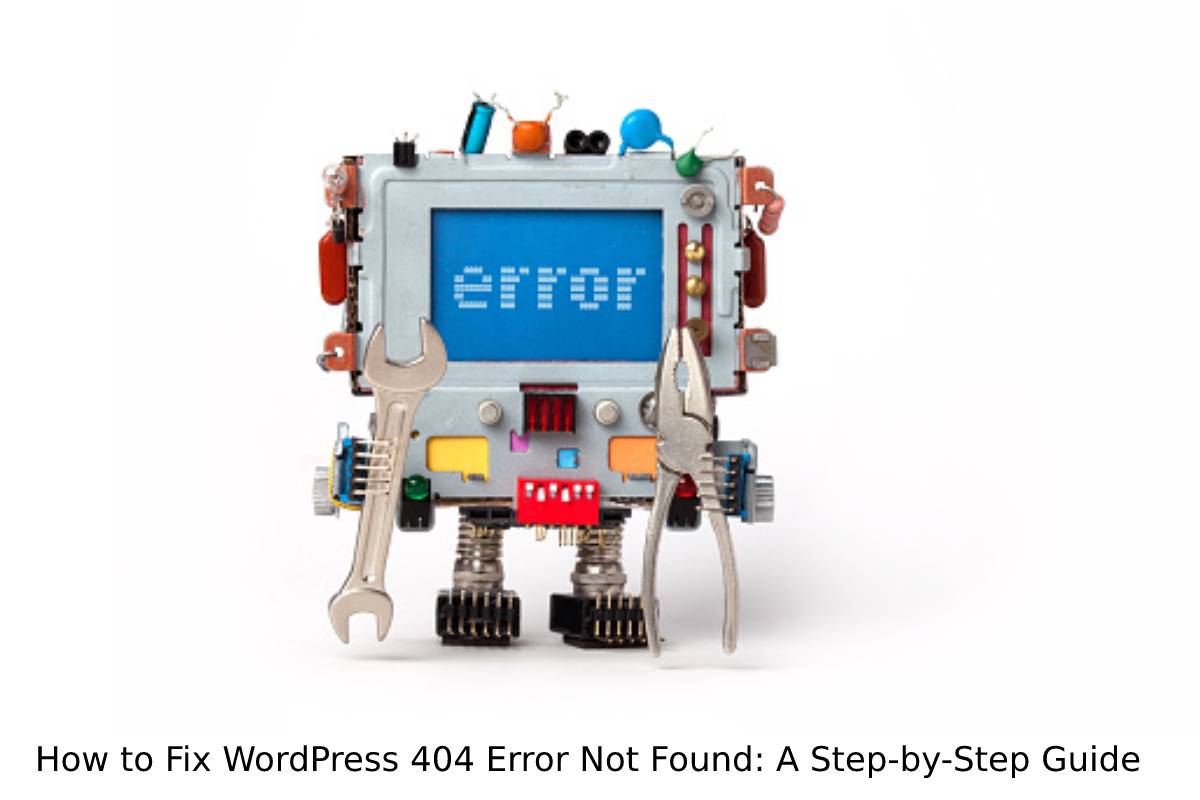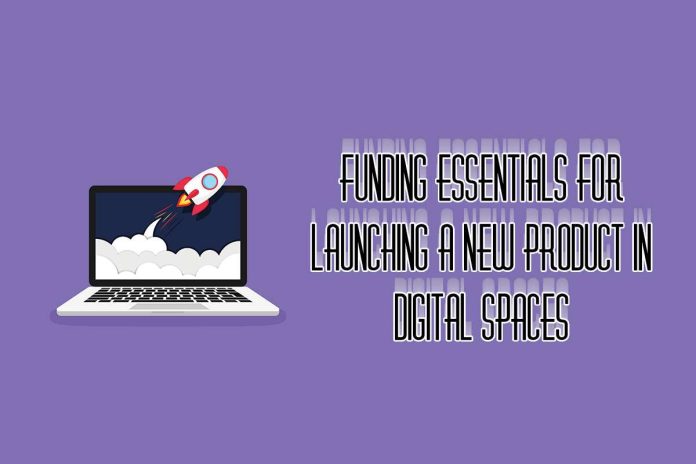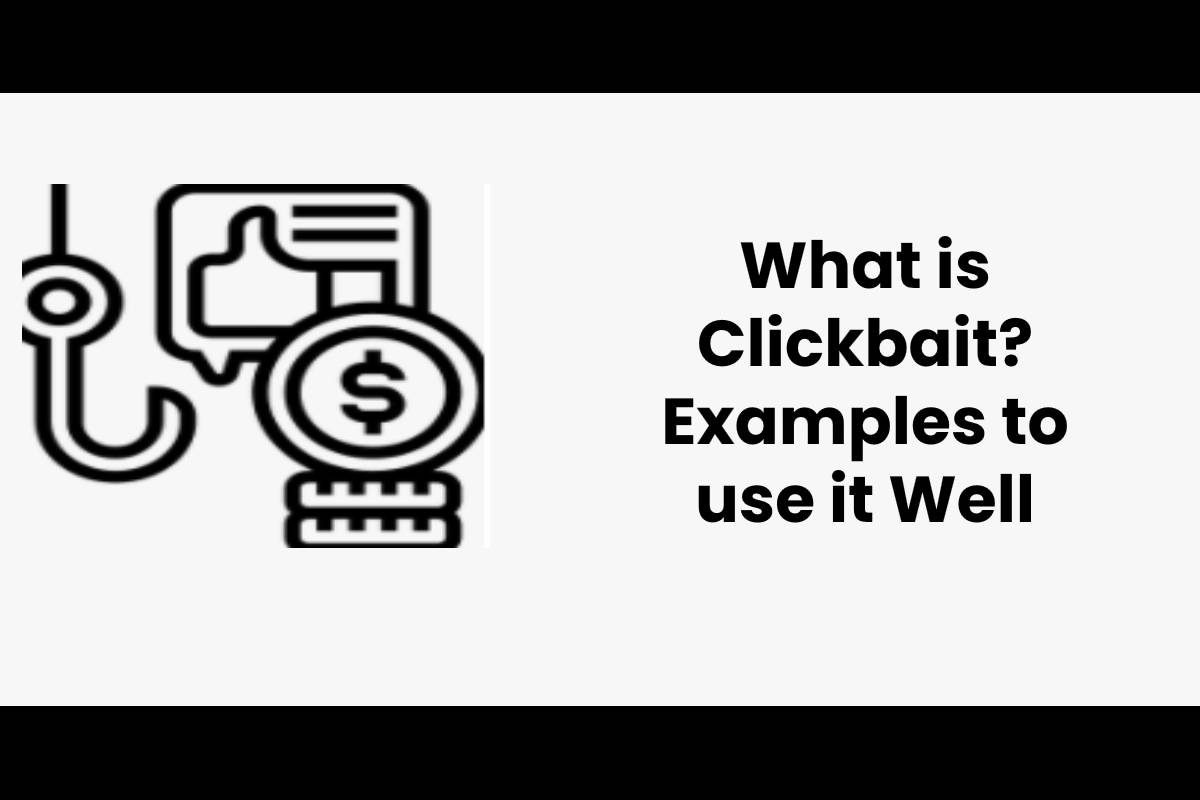Launching a new product in the digital space can be an exhilarating venture. As companies dive into the online marketplace, they are met with unique challenges that often require well-planned financial strategies. This is especially true when entering competitive digital spaces where costs for marketing, tech development, and outreach can escalate quickly. Securing the right funding becomes essential to cover everything from research and development to final launch expenses.
Understanding the financial avenues available and choosing the best path for your specific needs can make the difference between a product that gains traction and one that falls flat. Whether you’re launching a digital tool, e-commerce product, or online service, knowing your funding options will help streamline the launch process, allowing you to focus on growth rather than financial roadblocks.
Establishing a Clear Budget
The starting point for any product launch in digital spaces is establishing a budget. This includes determining core expenses like product development, marketing, distribution, and customer service. Many companies overestimate revenue and underestimate costs, which can lead to unnecessary financial strain. Mapping out a clear budget helps ensure you can meet all financial commitments without scrambling for additional funding at the last minute.
Once your budget is outlined, you can identify gaps where external funding might be necessary. Digital product launches, in particular, often require flexibility in financing to account for fluctuating market conditions, rapid scaling needs, and unexpected costs related to digital advertising, data security, and user experience testing.
Exploring Short-Term Financing Options
Short-term financing options can be a quick solution when cash flow is a concern, especially when unexpected expenses arise during the launch phase. Business credit lines provide flexibility to borrow as needed within an approved limit, making them useful for managing day-to-day operations and immediate funding needs.
One short-term funding avenue to consider is bridging loans. These loans offer immediate capital to cover pressing expenses until a more permanent financing solution is secured. Bridging loans are typically used to cover cash flow gaps during transitional phases, such as preparing a new product launch in competitive digital spaces. This can be particularly helpful for businesses that need an initial push to get their products off the ground but expect future revenues to cover ongoing expenses.
Exploring Traditional Financing Options
While new-age financing models have gained traction, traditional options remain popular for digital product launches. Bank loans, for instance, provide a straightforward avenue for those with a solid business plan and sufficient credit. Many banks offer loan programs tailored to small and medium-sized enterprises, enabling you to secure capital with competitive interest rates. However, traditional bank loans are often best suited for businesses with established credit histories.
An alternative within traditional financing is venture capital. VC firms invest in companies they believe have high growth potential, often in exchange for equity or a stake in the company. For new product launches, especially those with innovative technological foundations, venture capital can offer more than just funding; it often brings in mentorship, networking opportunities, and industry insight. However, securing VC funding can be challenging for early-stage businesses that have not yet proven market traction.
Considering Government and Local Grants
In some areas, government grants and subsidies support digital and tech-related business development. These grants are typically available for projects that advance innovation, research, or economic growth within specific sectors or regions. To find the most relevant grants, visit local business development centers or governmental websites. Although grant applications require thorough documentation and may take time, grants do not have to be repaid, making them a viable funding option for early-stage projects.
Utilizing Online Crowdfunding Platforms
Crowdfunding has become a mainstream funding option for entrepreneurs seeking public support for their projects. Platforms like Kickstarter, Indiegogo, and GoFundMe allow businesses to present their product ideas directly to a broad audience, who can contribute financially if they find the project compelling. Crowdfunding serves both as a source of funding and a form of market validation, allowing businesses to gauge interest in their product before the official launch.
The success of a crowdfunding campaign often hinges on the strength of the product pitch, including visual storytelling and engagement with potential backers. If your product is designed for a specific niche, targeting the right audience within these platforms can yield impressive results, helping you meet your funding goals while building an early customer base.
Leveraging Partnerships and Joint Ventures
Strategic partnerships and joint ventures can be valuable for securing funding and support for your digital product launch. By partnering with established brands or complementary businesses, you can share resources, access a broader audience, and benefit from shared marketing efforts. This approach not only mitigates financial strain but also enhances your credibility in the market. Joint ventures are especially effective for launches involving software products or applications where shared expertise and development costs reduce the individual financial burden.
Partnerships, however, require thorough agreements and aligned objectives to ensure both parties benefit. Assess the partnership’s long-term impact on your brand and whether it will influence how the product is perceived by potential customers. Careful consideration and alignment with a trustworthy partner can result in financial, logistical, and marketing advantages that strengthen your launch.
Building a Solid Pre-Sales and Marketing Strategy
A robust pre-sales strategy can offset some of the financial pressure associated with a new product launch. Pre-sales generate early revenue while building customer anticipation and loyalty. By creating marketing campaigns that offer special discounts, exclusive access, or added benefits, you can encourage early adoption, allowing you to secure a more predictable cash flow from the beginning.
Building a community around your product early on ensures you have a ready customer base once you officially launch. Social media, email marketing, and content marketing are essential channels for engaging potential customers, educating them about your product, and creating excitement. Additionally, pre-sales feedback can help refine the product before its official release, providing insights that improve user satisfaction.
Embracing Digital Marketing and Growth Hacking Techniques
Effective digital marketing is crucial for visibility in online spaces. Leveraging tools like SEO, social media advertising, email campaigns, and influencer partnerships enhances your product’s reach. Growth hacking—using low-cost, innovative marketing techniques to generate rapid growth—can also be a powerful approach for digital product launches.
With growth hacking, the goal is to experiment with various techniques to find the most effective methods for expanding your reach. This often involves a combination of social media strategies, viral marketing, and community building. Understanding your target audience’s behaviors and preferences enables you to develop strategies that align with their digital habits. Successful digital marketing not only enhances visibility but also drives sales and engagement in the early stages of your product’s lifecycle.
Investing in Analytics and Tracking Systems
Once your product is live, it’s essential to monitor its performance through analytics and tracking systems. Key performance indicators (KPIs) such as customer acquisition cost, user engagement rates, and conversion rates offer insights into what’s working and where improvements are needed. Investing in reliable tracking systems early on helps you stay responsive to your customers and adapt your marketing strategies to maximize impact.
Tracking customer behavior allows you to make data-driven decisions, optimize ad spending, and address any potential issues before they affect sales. By regularly analyzing these metrics, you can refine your approach, ensuring a higher return on investment and a stronger, more loyal customer base.
A successful product launch in digital spaces requires the right combination of financial planning, innovative marketing, and ongoing customer engagement. With careful budgeting, access to the right funding sources, and strategic partnerships, your business can enter the digital marketplace confidently and pave the way for sustained growth. Embrace both traditional and modern financing methods to ensure your product reaches its full potential, setting the stage for future success in the digital world.





